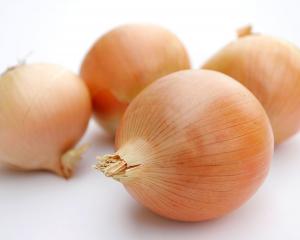
But wait, there’s more; these velvety blooms emit an odour reminiscent of rotting flesh. At times, it emits a particularly unpleasant odour. The ingenious purpose behind this botanical oddity is a clever survival strategy. Stapelia cedrimontana relies on flies for pollination. The foul scent, combined with the flower’s deep maroon hues, convincingly mimics decaying meat. Unsuspecting flies land on the flower, deposit their eggs, and inadvertently transfer pollen in the process.
For those fascinated by the succulent milkweeds, such as Huernia, Caralluma and Stapelia, the latter are one of the easiest types to grow. They require minimal care, thrive in well-drained soil and bright, indirect light with infrequent deep watering. The real reward for the patient grower comes when they are ready to bloom.












